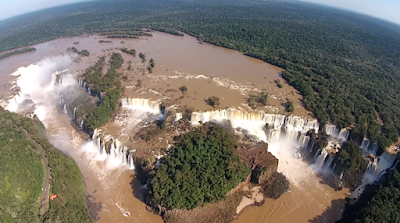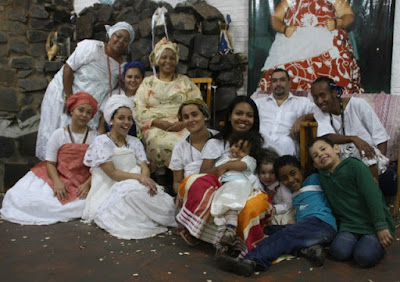Introducing the Iguassu Falls Area Guru - This Blog's Seven Approaches to the Iguassu Falls

Seen from above: Major Structural Arcs of Iguassu Falls Guru is a Sanskrit term that brings to mind the idea of someone who is a "teacher, guide, expert, or master" of certain knowledge or field. The knowledge or field we are talking about here is the Iguassu Falls Area – which includes the Iguassu Water Falls, themselves, as well as the cities and towns, people, organizations, religions and spirituality, culture, languages and cosmovisions in the area. Guru also means someone who is more than a teacher. It is one who can help dispel the darkness and take students towards light, serving as a "counselor”, helping mold values, sharing experiential as much as literal knowledge, an inspirational source and who helps in the spiritual evolution of a student. So the purpose of this site is to help people, local and visitors, to see and experience the Iguassu Falls in all of its Seven Awareness Levels.
